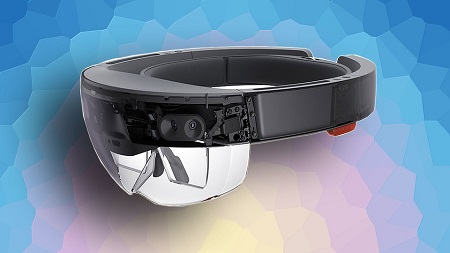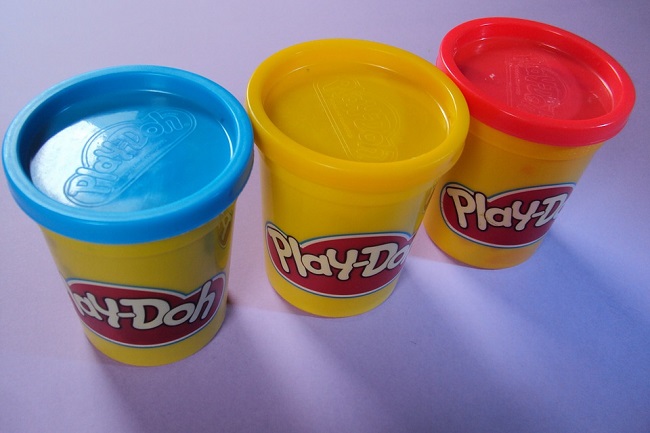Reports are indicating that the iPhone maker is looking to broaden its wearable technology offerings.
A recent report from Bloomberg has pointed to a serious possibility for Apple augmented reality glasses in the future. This is an area where several companies have attempted to make headway in the past, but where none have managed to reach mainstream success.
Primary among those efforts was Google Glass, which is no longer being sold.
Bloomberg cited unnamed sources who are “familiar with the matter” who asked to remain anonymous. That said, they also pointed out that the Apple augmented reality glasses remain in a phase closer to the exploration level. It doesn’t appear as though these devices are anywhere near being ready for the company to sell.
 The concept would be a pair of AR glasses that would wirelessly connect to an iPhone. This would allow a wearer to see the device screen displayed in front of his or her field of view. This may be displayed in augmented reality, in standard format or it could take another direction altogether.
The concept would be a pair of AR glasses that would wirelessly connect to an iPhone. This would allow a wearer to see the device screen displayed in front of his or her field of view. This may be displayed in augmented reality, in standard format or it could take another direction altogether.
Apple augmented reality glasses have been a topic discussed between the company and possible suppliers.
The sources for the report also stated that Apple has placed orders for limited batches of near-eye displays from one of its suppliers. They claimed that the purpose for those displays was for testing. That said, they also underscored the fact that the iPhone maker has not ordered nearly enough parts to suggest that they have any intention to launch mass production at any time soon.
If Apple decides that it would like to move forward with wearable technology glasses, one source says the earliest unveiling would be in 2018.
It’s important to remember that the company is known for testing broad spectrums of technology. While it may move forward with some, it will completely recreate others before launch or may decide to pause them or drop them altogether.
Just because there are Apple augmented reality glasses being tested, it doesn’t necessarily mean that it will be added to the company’s product lineup. As is the tradition of the company, spokespeople declined to comment on unannounced projects or upcoming products.

 In this way, the sixty-year-old brand is giving itself the opportunity to become more relevant among children who are accustomed to seeing a digital version of their playtime. This
In this way, the sixty-year-old brand is giving itself the opportunity to become more relevant among children who are accustomed to seeing a digital version of their playtime. This 